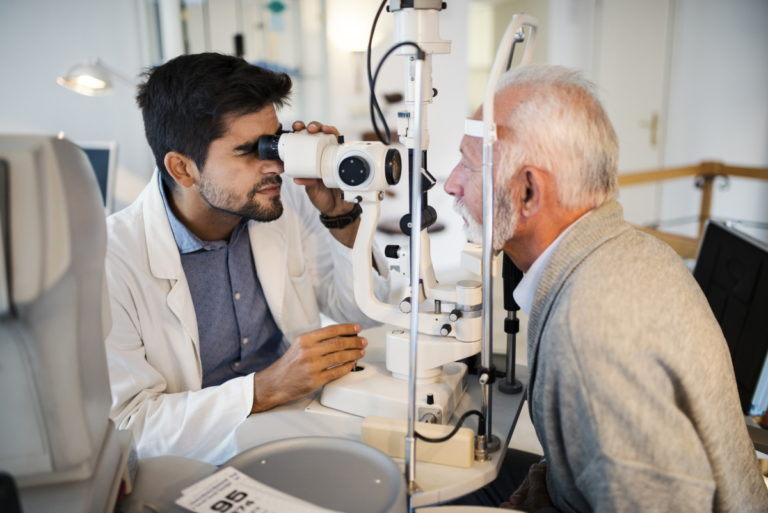
Eyelid Lumps and Bumps
The eyelid skin is the thinnest skin that we have in the body. As a result, any growths of the skin or any bumps that form are readily visible. When people talk with others, they most commonly look at each other’s eyes – and so new growths in the eyelid skin become even more prominent to ourselves and to others. There are many different types of growths that can occur in the eyelid, and because of unique features such as eyelashes, tear drains, and the eyelid margin, removing these growths must be done with special care.
What are the common types of Lumps and Bumbs that occur in the eyelid?
There are many types of growths that we see here that arise from different causes. Among the most common bumps we see in the lid is a stye, also called a chalazion. This is a bump caused by an oil gland that becomes plugged. We all have lots of oil glands in the eyelids and normally they help produce oil that becomes part of our natural tears, which help lubricate the eyes. If these glands become plugged, the oil cannot escape from the gland, causing the gland to swell. In some cases, styes may also become infected, resulting in even more swelling and pain.
Other types of common growths of the eyelid include cysts. Cysts are essentially small “balloons” of tissue underneath the skin surface. These growths hold onto a variety of different materials. Common cysts that have skin cells within them may look yellow or whitish. Clear cysts typically contain sweat. Dark or purple cysts often have blood within them. In almost all cases, cysts must be removed and not simply drained in order to treat them. If they are drained, they typically fill back up over time.
There are lots of other types of growths we see in the eyelid, so a thorough evaluation of your growth is necessary to determine what it is, and how best to treat it.
How are these Lumps and Bumps treated?
Depending upon the type of growth, the bump may be completely removed, or simply drained. As mentioned above, care must be taken to avoid doing damage to the important and unique features of the eyelid. Frequently, these growths occur at the margin of the eyelid where our eyelashes arise. Dr. Patrick approaches this area with care, emphasizing doing as little harm to the eyelashes as possible. Depending upon the size and specific location of your growth, a few lash follicles may be involved. In most cases, these grow back without much difficulty.
For styes or chalazion, Dr. Patrick may recommend a stepwise approach. In many cases, he may treat this medically and instruct a specific care regimen to help the stye go away. If that treatment does not fully remove the stye, a drainage procedure may be necessary.
How is a growth removed from the eyelid?
Growths in the eyelid are typically removed in our office. The procedure is usually quite quick, taking somewhere in the neighborhood of 15 minutes. Dr. Patrick will anesthetize the affected area of the eyelid with a local anesthetic. No sedation or systemic anesthesia is necessary. He will then carefully remove the growth, using cautery to help prevent bleeding and regrowth of the bump. In most cases, stitches are not necessary at the end of the procedure.
How is a stye drained?
While some styes are best drained from the front of the eyelid, plugged-up oil glands are often best approached from the underside of the eyelid. In order to accomplish a stye drainage, Dr. Patrick will use local anesthesia to numb your eyelid. He then uses a special instrument to turn over your eyelid and access the oil gland. He can then drain the gland and cauterize the inside of the gland to help prevent the stye from reforming.
What is the recovery like from a growth removal?
Recovery from having a growth removed or a stye drained is usually easy. There is typically only minimal discomfort and most patients treat this with Tylenol or ibuprofen. Patients sometimes have swelling and occasional bruising. You may choose to use ice packs if bruising is present. Rarely, patients may require stitches. Dr. Patrick also prescribes an antibiotic ointment for you to use on any spot where the procedure was done. This will help the area heal well.
